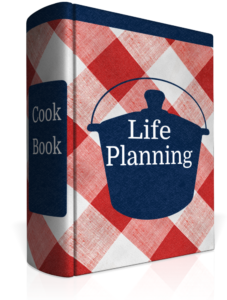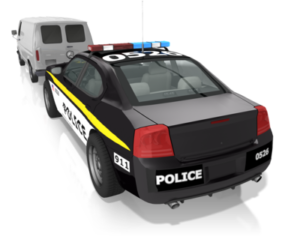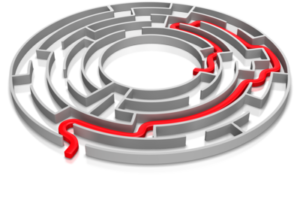
In my previous post, I indicated that in this post I would attempt to explain how I decided that the next word in my manuscript title, An Explorer’s Guide to Biblical Life Planning: Student Version, should be Guide. After coming up with the word Explorer, I wanted a word which would describe the type of book that I was writing. I wanted the word to describe how an Explorer would use this book. Every author somewhere needs to answer the question, “How should this book be used?” What better place to answer this question than in the title? What visual scenes came to my mind as I contemplated this question? I will admit that the first scenes that I saw were scenes that I immediately rejected.



I did not want my book to be a cook book that provided a step-by-step recipe for living one’s life. I did not want to convey the idea that God is a puppet master pulling our strings and controlling every movement.



My book is not a book of do’s and don’ts that portrays God as a policeman that is waiting to pounce on an individual for overlooking one commandment. I don’t mean for my book to be a law book. It’s also not a book that portrays God as a vindictive judge that is ready to “throw the book” at everyone who comes before Him. Yes, God is a righteous judge who has a set of laws that He intends for us to obey. However, as David reminds us in one of his morning prayers:
8 The Lord is merciful and gracious, slow to anger, and plenteous in mercy. 9 He will not always chide: neither will he keep his anger for ever. 10 He hath not dealt with us after our sins; nor rewarded us according to our iniquities. 11 For as the heaven is high above the earth, so great is his mercy toward them that fear him. 12 As far as the east is from the west, so far hath he removed our transgressions from us. 13 Like as a father pitieth his children, so the Lord pitieth them that fear him. 14 For he knoweth our frame; he remembereth that we are dust. (Psalm 103: 8 – 15; KJV)




If those are not the images I wanted to use for my title, what images did I want to use? They were images that portrayed assistance to the reader. I wanted my help to help the reader find his or her way through the maze of life to find the fulfillment that God intended for them. The first three visuals did exactly that. However, the words that emanated from the visuals, (compass, maze, diagram, map) didn’t convey the ideas that I wanted or needed in the book title.


Finally, I can check off this desire. With the fourth visual, I found the word that I was seeking.
The term is Guide. A guide dog doesn’t tell its user where to go. The blind person directs the dog to where he or she wants to go. It is the responsibility of the human member of the team to listen for the movement of traffic and other sounds in the environment to determine whether it is safe to proceed. A guide dog doesn’t tell the human user where to go. The human picks the intended destination. The guide dog helps the human maneuver around fixed obstacles. The human is still responsible for avoiding any moving obstacles. A travel guide book doesn’t tell the tourist what sites to visit. It highlights places and things worth visiting. The human tourist makes the final choice of where to go and what to do.
In my next post, I will explain the phrase Life Planning. I will discuss where it came from and what I mean by it.
Leave a Reply